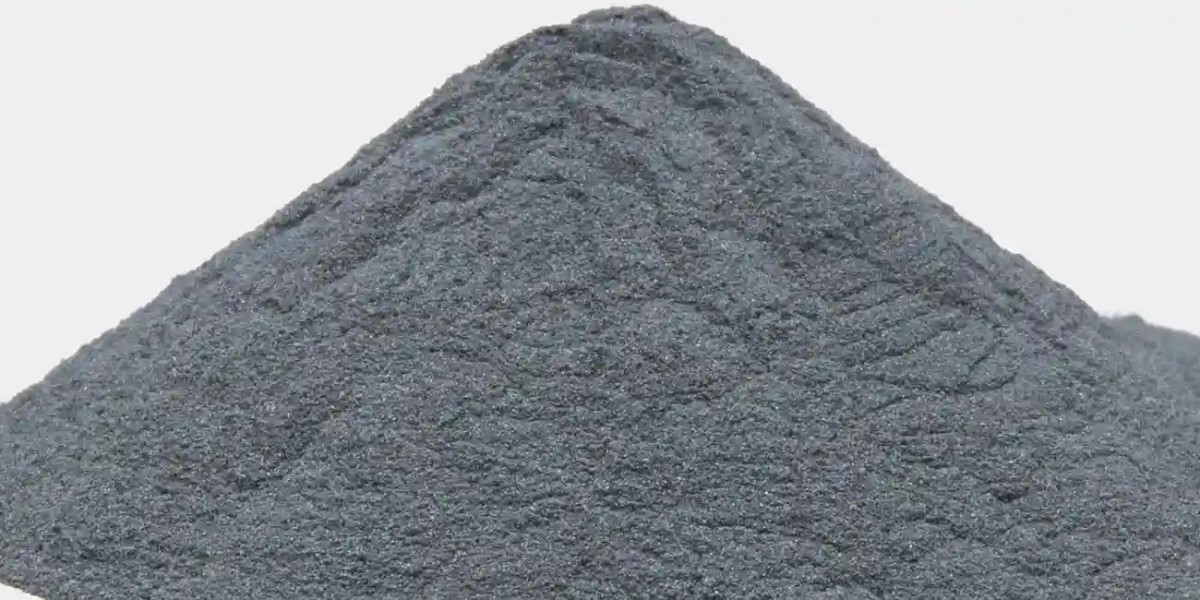Introduction:
Silicafume Manufacturers in India, colloquially referred to as microsilica, stands as a paramount asset in contemporary construction endeavors owing to its profound environmental benefits and transformative impact.
Unraveling the Essence of Silica Fume
Deciphering Silica Fume's Essence Silica fume epitomizes a byproduct stemming from the production processes of silicon metal or ferrosilicon alloys. Comprised predominantly of amorphous silica, its minutely structured particles bestow upon it unparalleled reactivity and consequential benefits within concrete compositions.
The Hallmarks of Silica Fume
- Characterized by its hyper-reactivity, silica fume engenders potent bonding with cementitious materials, thereby engendering concrete with heightened density and fortitude.
- Its diminutive particle size facilitates seamless interstitial integration within concrete matrices, culminating in heightened compactness and diminished permeability.
Environmental Reverberations of Employing Silica Fume in Construction
Mitigating Carbon Footprints Silica fume emerges as a vanguard in the quest to attenuate the carbon footprint engendered by construction undertakings. By imbuing concrete with augmented robustness and resilience, it effectively prolongs structural lifespans, thereby obviating the need for recurrent maintenance and reconstruction. This culminates in a perceptible abatement of the overall environmental toll exacted by construction endeavors.
Fortified Durability The integration of Amorphous Silica Manufacturers in India within concrete matrices confers upon structures an unparalleled resistance to myriad environmental vicissitudes including corrosion, abrasion, and the deleterious effects of freeze-thaw cycles. This fortification of durability serves as a pivotal catalyst in curtailing resource depletion and energy expenditure inherent in routine maintenance and structural refurbishment.
Waste Amelioration As a residual byproduct of industrial processes, silica fume embodies an invaluable resource in the quest to curtail waste generation. Its judicious integration within construction materials not only mitigates environmental exigencies associated with disposal but also furnishes an avenue for deriving substantive value from erstwhile discard.
Pioneering Sustainable Tenets through Silica Fume Adoption
Propagating Resource Efficiency Silica fume serves as a harbinger of resource efficiency within construction methodologies by enabling the optimization of concrete formulations. This judicious modulation affords the reduction of cementitious content sans compromising performance, thereby safeguarding precious resources and mitigating the energy outlay intrinsic to concrete production.
Augmenting Structural Efficacy Structures imbued with silica fume manifest an unparalleled echelon of structural efficacy characterized by heightened strength, longevity, and resilience in the face of environmental exigencies. The adoption of silica fume in construction endeavors heralds an epoch of sustainable infrastructure capable of withstanding the rigors imposed by climate vagaries and other environmental stressors.
Conclusion:
In summation, the incorporation of silica fume within construction paradigms epitomizes a seminal stride toward sustainable development within the built environment. As Silica Fume Manufacturers in India continue to espouse innovation and advocate for the ubiquitous adoption of this environmentally amenable material, the construction fraternity stands poised to attenuate its environmental footprint while forging ahead towards a sustainable epoch. The incorporation of silica fume not only augments structural integrity and longevity but also underpins resource conservation and waste mitigation, rendering it an indispensable linchpin of sustainable construction methodologies.



